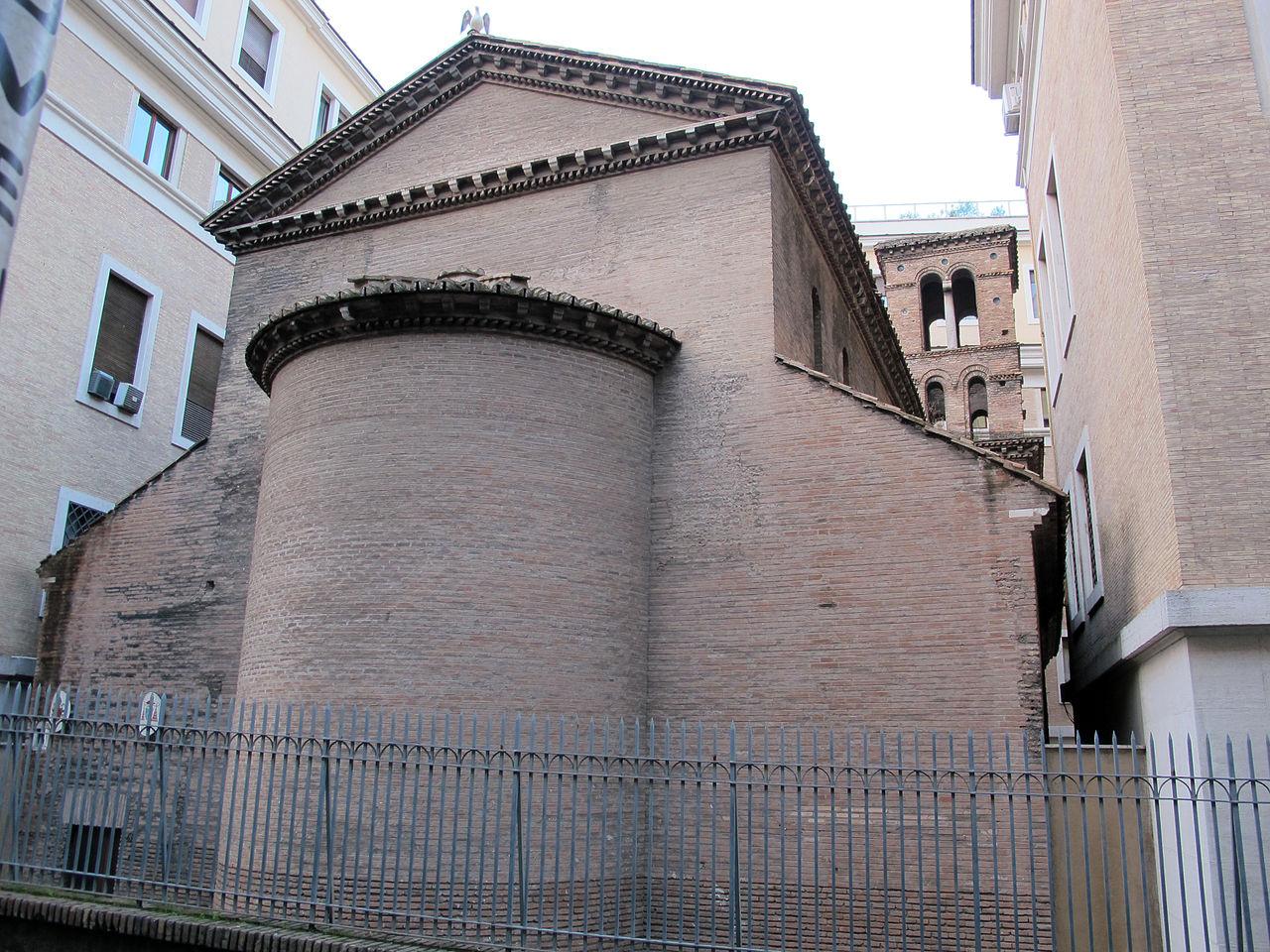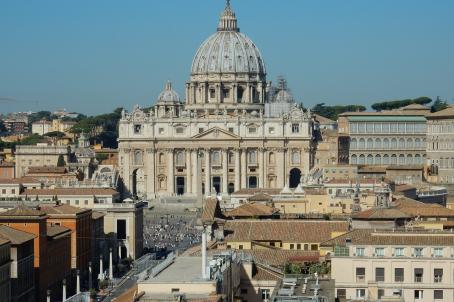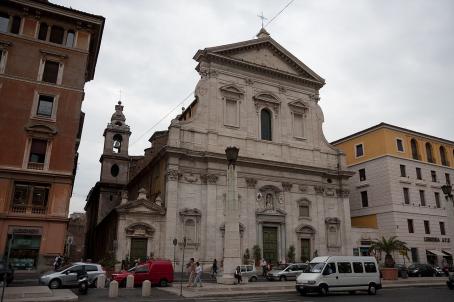Chiesa di San Lorenzo in Piscibus

The church of San Lorenzo in Piscibus was probably founded as early as the 6th century, but the first verifiable mention of the church dates back to the end of the 12th century. In 1663, the entire complex was entrusted to the Piarists who, in 1672, had the church radically restored in Baroque style under the direction of Francesco Massari. In 1731 the convent was demolished and rebuilt in 1773 according to the design of Giovanni Domenico Navone, who also designed a new façade for the church. When the Via della Conciliazione was built, the church was not demolished (only the baroque façade and the atrium were demolished) and was integrated into the modern buildings on the left side of Piazza Pio XII.





